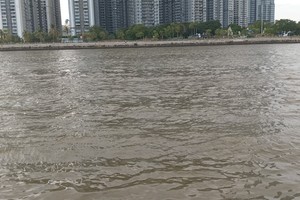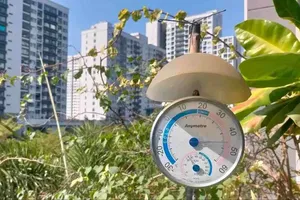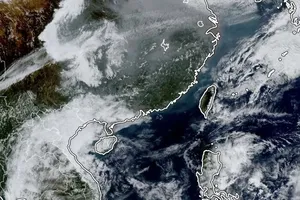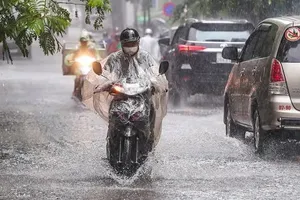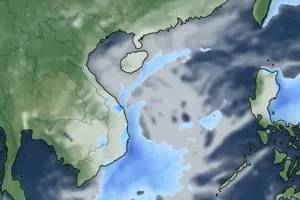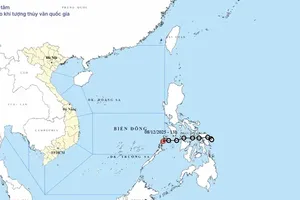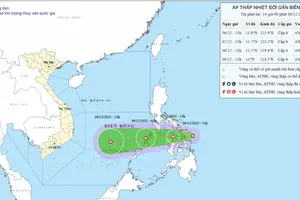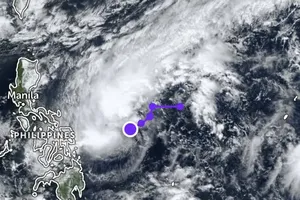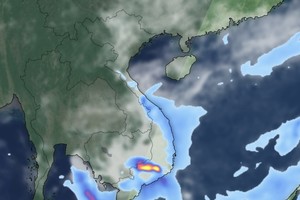According to the Southern Institute of Water Resources, saltwater intrusion is expected to intensify between May 25 and 29, with the 4‰ salinity boundary projected to extend 25 to 30 kilometers inland along the Mekong River estuaries.
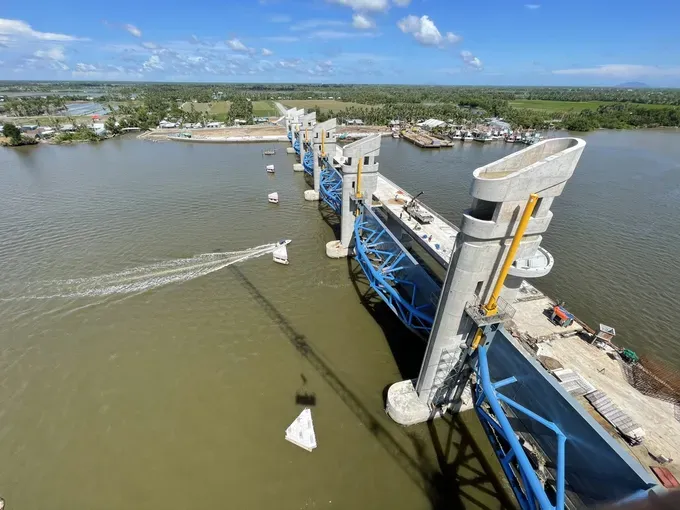
Authorities in the Mekong Delta should ensure the proper operation of salinity control infrastructure, optimize freshwater use for summer-autumn crop production, and closely monitor water quality before utilization.
The Southern Institute of Water Resources reports that water storage levels in hydropower reservoirs across the Mekong basin are currently higher than during the same periods in 2023 and 2024. However, reduced water discharge from Chinese hydropower facilities since April 7 has impacted downstream flow to the Mekong Delta.
Saline intrusion is expected to persist through the end of May 2025. In the upper Mekong Delta, water availability is generally adequate, though highland areas such as Tinh Bien and Tri Ton face localized shortages. Targeted water storage and conservation measures are essential in these regions.
In the middle Mekong Delta, effective operation of salinity control structures and timely water storage are critical. When drawing freshwater or irrigating crops—particularly fruit trees—salinity levels must be closely monitored and strictly managed.
Coastal areas of the Mekong Delta are especially vulnerable to abnormal saline intrusion, which can disrupt water supply and agricultural production in irrigation systems such as Go Cong, Bac Ben Tre, and the coastal zones of Tra Vinh Province. Therefore, local authorities and residents need to have proactive planning and prudent water storage and use to mitigate these risks.

